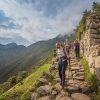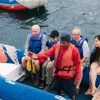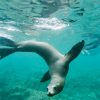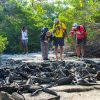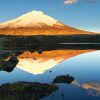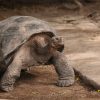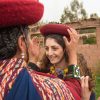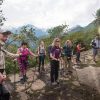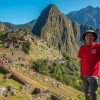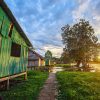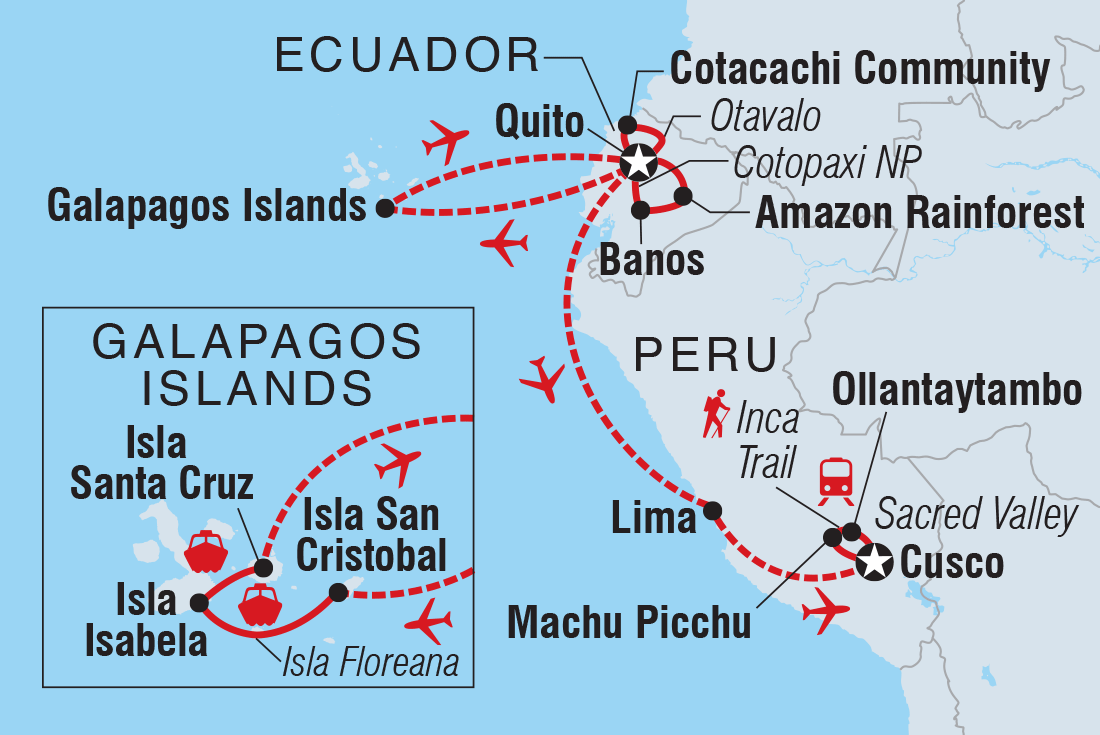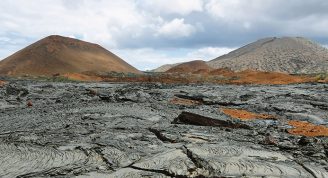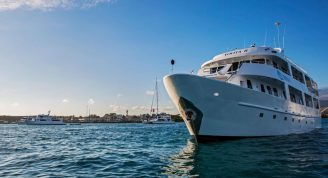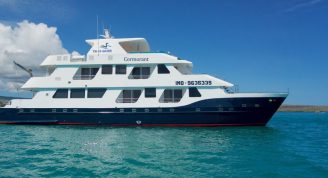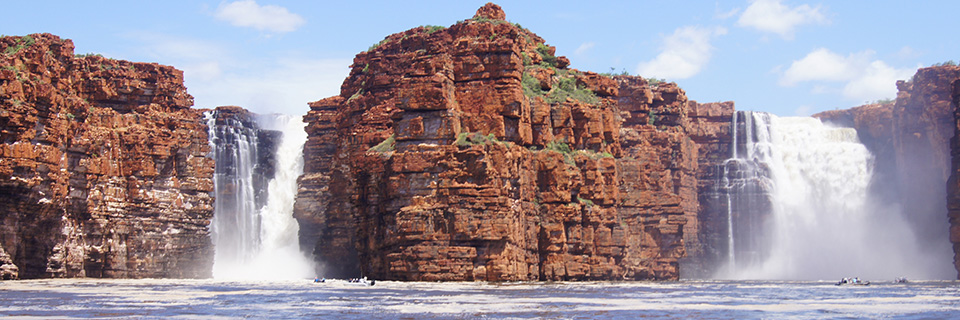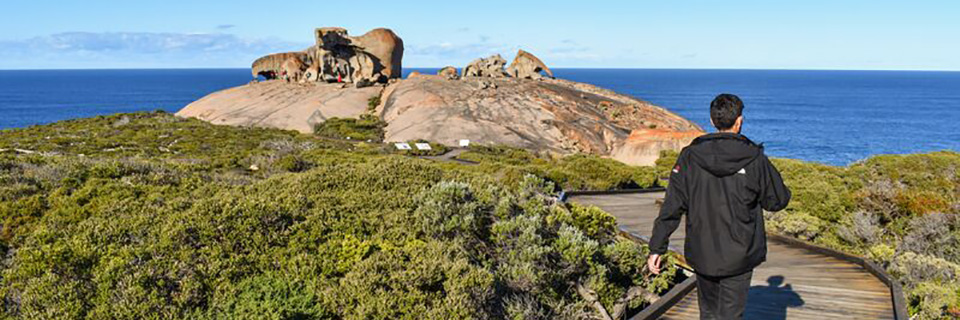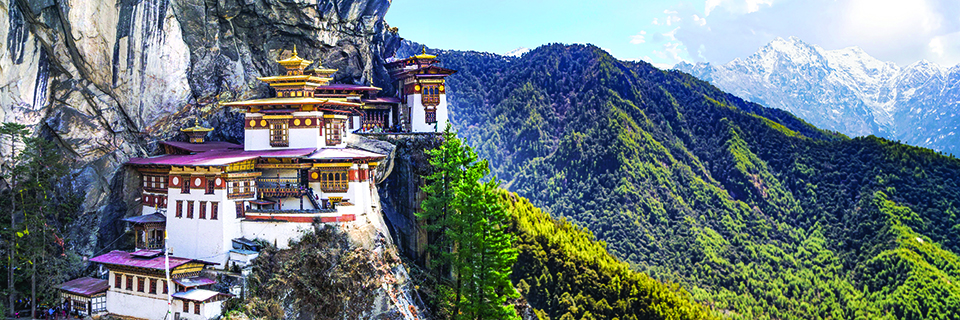Description
This unique adventure focuses on South America’s heaviest hitters – the Galapagos Islands, the Inca Trail and the Amazon Jungle. Take 25 days to explore these wildly different parts of the region. Snorkel the turtle-filled waters of Leon Dormido, then walk the cobblestone streets of Cusco. Sit on black-sand beaches watching sea lions lounge and later conquer the 4200-metre-high Dead Woman’s Pass. Witness breathtaking natural beauty among the surreal landscapes of the Ecuador Highlands and Galapagos, then wonder at the man-made elegance of Machu Picchu. This tour offers immersive and active adventure led by locals in two bucket-list favourite destinations.
- This trip gives both trekkers and non-trekkers the chance to visit Machu Picchu with Inca Trail*, Quarry Trail and train options.
- Admire the ingenuity of Inca engineering in the Sacred Valley and contemplate how stone was excavated to build the structures still standing there.
- Explore Cusco, South America's oldest continuously inhabited city. The city has ancient foundations, an interesting blend of Incan and international influences, and seemingly endless things to do and see.
- Snorkel the incredible marine life-filled waters of Kicker Rock, also known as Leon Dormido, one of the best snorkelling spots in the Galapagos and an absolute highlight for many travellers.
- Encounter the wildlife wonders of the Galapagos Islands up close. Giant tortoises, blue-footed boobies, sea lions, sea turtles, marine iguanas and more await.
- Hike to the top of one of the most active volcanoes in the Galapagos – the Sierra Negra – and peer into the second-largest caldera in the world.
- Marvel at the snow-capped Cotopaxi volcano – one of the largest active volcanos in the world – while hiking through Cotopaxi National Park.
- Learn from a local Indigenous community during your homestay in the La Calera Community. Take part in the Pachamanca food ceremony, which has been a part of South American culture for centuries.



